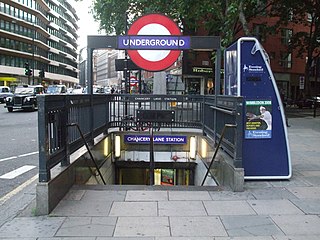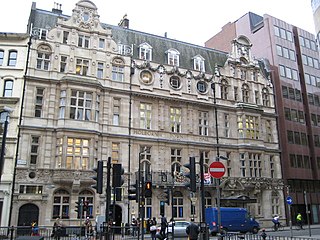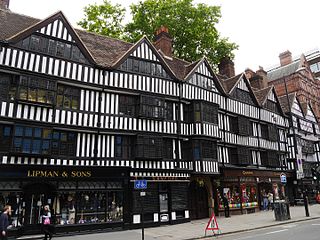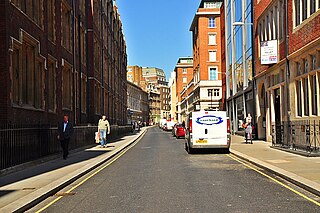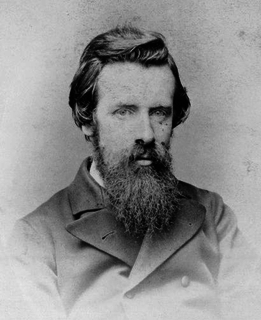Frank Lionel Milton van Neck (25 August 1873 – 8 March 1953) was the founder of a firm of manufacturing opticians that later became Peeling and Van Neck, manufacturers of the Van Neck press camera.
Frank van Neck was born in London on 25 August 1873, son of William Grant Neck (1835–1884), a stencil plate engraver, and Louisa Milton (c.1842–1932). He married Annette Rachel Howcroft (1869–1945) in 1899. [1]
He founded Van Neck and Co, manufacturing opticians, around 1897. Their first premises were at 72 Buckingham Gate and 11 Cursiter Street, but by 1910 they had moved to 32 Grays Inn Road. [2] In 1921 they merged with another manufacturing optician, R. E. Peeling, to become Peeling and Van Neck, with workshops at 32 Grays Inn Road and a showroom at 4-6 Holborn Circus.
Peeling and Van Neck Limited of 4-6 Holborn Circus imported photographic and cinematographic cameras, projectors, film and equipment, especially Goerz. [3] In 1927, The Times reported that real advances had been made in colour photography by Messrs. Van Neck and Co in their transparencies made on “Lignosa” [or Lignose] natural colour film packs and roll films, [4] which pre-dated Kodachrome and Agfacolor. The firm was best known for its portable Van Neck press camera [5] which became widely used by press photographers until the 1950s.

Kodachrome is a brand name for a non-substantive, color reversal film introduced by Eastman Kodak in 1935. It was one of the first successful color materials and was used for both cinematography and still photography. For many years Kodachrome was widely used for professional color photography, especially for images intended for publication in print media. Because of its complex processing requirements, the film was sold process-paid in the United States until 1954 when a legal ruling prohibited this. Elsewhere, this arrangement continued.

Agfacolor was the name of a series of color film products made by Agfa of Germany. The first Agfacolor, introduced in 1932, was a film-based version of their Agfa-Farbenplatte, a "screen plate" product similar to the French Autochrome. In late 1936 Agfa introduced Agfacolor Neu, a pioneering color film of the general type still in use today. The new Agfacolor was originally a reversal film used for making "slides", home movies and short documentaries. By 1939 it had also been adapted into a negative film and a print film for use by the German motion picture industry. After World War II, the Agfacolor brand was applied to several varieties of color negative film for still photography, in which the negatives were used to make color prints on paper. The reversal film was then marketed as Agfachrome.

A press camera is a medium or large format view camera that was predominantly used by press photographers in the early to mid-20th century. It was largely replaced for press photography by 35mm film cameras in the 1960s, and subsequently, by digital cameras. The quintessential press camera was the Speed Graphic. Press cameras are still used as portable and rugged view cameras.
The firm remained at Holborn Circus until around 1955, later moving to 79 Turnmill Street and then 120 Albert Street. There is no connection between Frank van Neck and the 1890s Belgian camera maker, Louis Van Neck. [6] Frank van Neck of Norman Cottage, Cookham, died in hospital at Maidenhead on 8 March 1953, leaving £15,634. [7]

Turnmill Street is a street in London. It runs north-south from Clerkenwell Road in the north, to Cowcross Street in the south. One of the oldest streets in London, it has been variously known as Turnmill and Turnbull Street over its history. During the Elizabethan era, under the name Turnbull Street it became "the most disreputable street in London", notorious as a centre of crime and prostitution.


